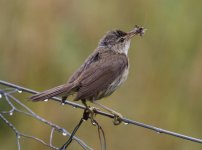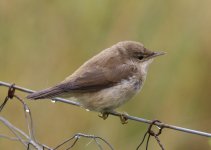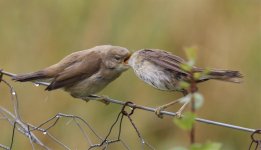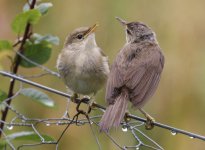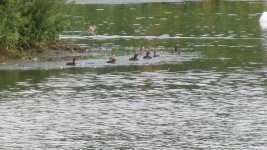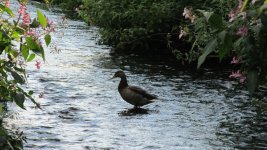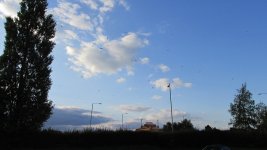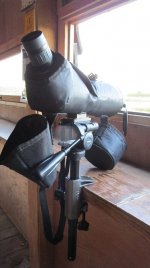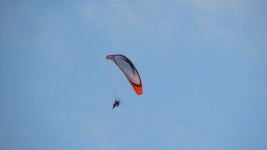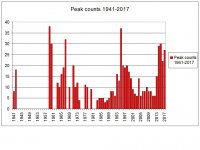MOORS POOL
9 Black-tailed Godwit, 2 Lapwing, 2 Shoveler, 6 Gadwall, 26 Tufted Duck, 1 GC Grebe, Little Grebe - an explosion of numbers with 26 adults / fledged juveniles + 3 chicks (including a tight knot of 10 in the lee of one of the islands), c80 Coot, 13 Moorhen, Water Rail, 1 Grey Heron, 3 Cormorant, 31 Greylag Geese, c30 Canada Geese, 12 Mute Swan, 6 Common Tern (4 adults + 2 juveniles), 2 LBB Gull, Jay, GS Woodpecker, c10 Swift, c100 hirundines (all 3 species), Buzzard, Sparrowhawk, juvenile Cetti's Warbler calling along east track.
SAILING POOL
4 GC Grebe, 1 Tufted Duck, c75 Canada Geese, 2 Moorhen, 6 Coot, Goldcrest in trees on southern shore
FLASHES
Juvenile Wood Sandpiper (mainly keeping to the far side of the second Flash), 4 Green Sand, 4 Common Sand, 8 Avocet (2 adults + 6 juveniles), 16 Curlew, 11 Black-tailed Godwit (this morning's two birds plus the nine from the Moors Pool), c110 Lapwing, 25 Teal, 3 Gadwall, 3 Shoveler, 26 Moorhen, 16 Coot, 1 Little Grebe on third Flash, 10 Canada Geese, 2 Grey Heron, 3 LBB Gull, Herring Gull, juvenile Common Tern, 2 Raven, Buzzard, Goldcrest.
Has anyone seen any Marbled White this year?
With JTB currently on holiday the early morning shift tomorrow is vacant if someone wants to be a hero





